Dynamics of Urban Life in Pre-Mughal India
Synopsis
The present study is based on the theory of social surplus which continues to be "the best working hypothesis" to test some of the complex social and economic problems like the one at hand. An attempt has been made to study how social surplus determined changes in society and economy, created class consciousness and shaped the relationship between the producers and the consumers at the urban and rural level as well as gave rise to trade and commerce with all its ancillary consequences. As the surplus was concentrated in the non-agricultural zones with a densely populated and clumped nuclei of houses, the growth of urban centres was its concomitant. These urban centres were primarily a class-based society arising out of the disproportionate distribution of shares of the social surplus. The towns were not merely princely fortified camps superimposed, as Marx remarks, upon economic structure of our society, it had its own dynamism and was closely linked up with its surroundings. It gave a fillip to the emergence of a new ruling class who did not own the land but controlled and enjoyed its fruits. Ideology of this dominant ruling-cum-appropriating class through various mechanisms exercised firm grip over the minds of the people. We have tried to underline this fact within the framework of conflict, adjustment and reconciliation between the ruling class and the people. Connected with these is the question of the extent of cultivable land in our period of study. It has been shown in the present work that the theory of "abundance of land" does not hold water. This has led us to concentrate our arguments on the hypothesis of the intensive nature of cultivation which gave rise to the most difficult task of procurement and distribution of grains to the urban population. How demographic changes brought about mobility among the people and what role the monetary system played in the urban economy and society, have been closely examined here. Delhi has been taken as a case study to highlight the interplay of these forces to illustrate the dynamics of urban life in pre-Mughal India.
Read more
9.00
8.1
$
10.00 $
Free delivery Wolrdwidе in 10-18 days
Ships in 1-2 days from New Delhi
Membership for 1 Year $35.00
Get it now and save 10%
Get it now and save 10%
BECOME A MEMBER
Books by the same author

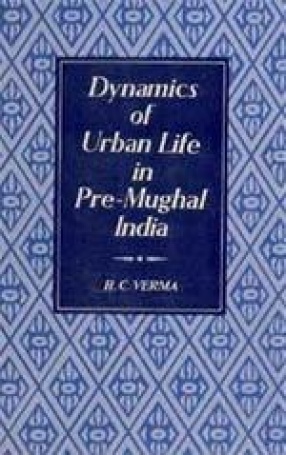

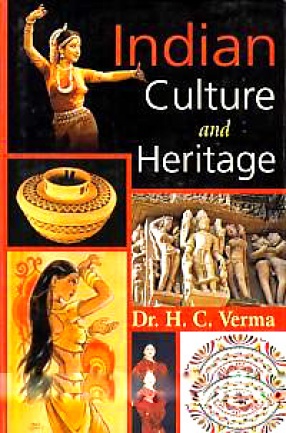

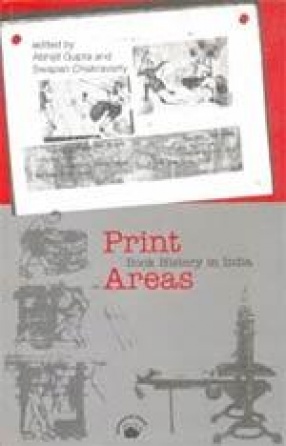
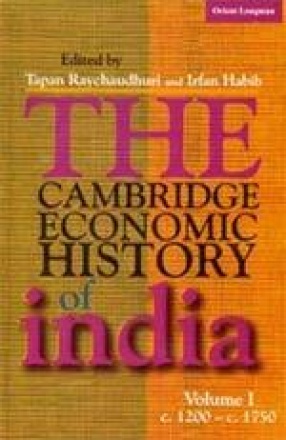
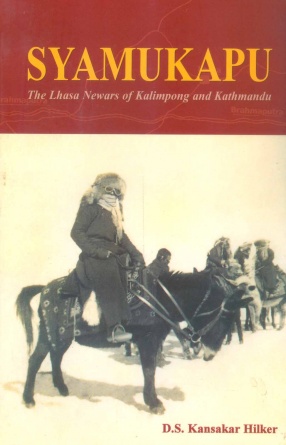

Bibliographic information